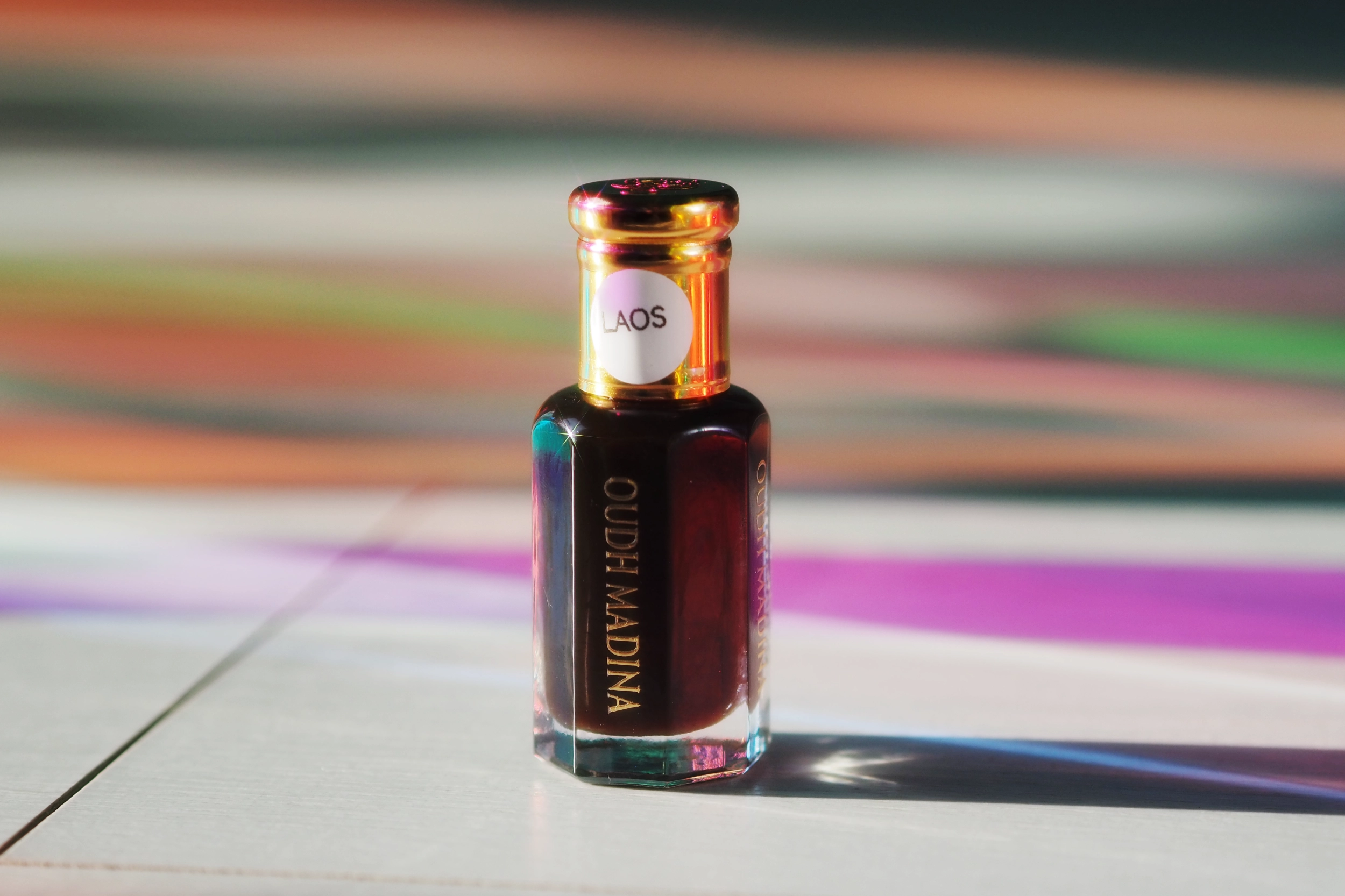I absolutely love travelling to tropical places. It’s where I most feel at home: in the sun, by the ocean, surrounded by palm trees. However, these types of places always come with mosquitos. I hate mosquitos. It doesn’t help much that I have a blood type that’s particularly attractive to them, but the absolute worst thing is, I’m actually allergic to their bites. Whenever I get bit, within minutes, that area swells up like a golf ball. It’s not pleasant.
So, before my last couple of holidays, to The Philippines, Malaysia and Singapore, I did a lot of research. I really wanted to enjoy myself out there, and not have to obsess about mosquitos and avoiding getting bit. I also really dislike DEET, and every bloody video or post on the internet about avoiding bites insists that you must use DEET, so I was looking to avoid that too. In the end, I managed to get back from both holidays without a single bite – and I went on jungle treks on Tioman Island, with insects and mosquitos swirling around everywhere!
Before I continue, I want to make it absolutely clear that I am NOT a medical professional. I am not offering any form of medical advice, I’d always recommend speaking to your doctor, GP or physician. All I will do in this post, is explain what worked for me.
So, here’s everything I used to prevent mosquitoes from eating me alive abroad – most of the products I used are Boots’ own brand and therefore affordable, and in my case at least, effective.
Step one: Daytime mosquito repellent
I like to get into the water whilst I’m on holiday – whether it’s swimming, snorkelling or kayaking, I love being in the water. So I was looking for a water resistant body sunscreen to get me through those days without burning.
I got really fortunate, and stumbled across Boots’ Soltan Protect and Repel whilst browsing the aisles at Boots. It’s a water resistant SPF that doubles up as an insect repellent – the bonus being, no DEET! Instead, it contains something called Hydroxyethyl Isobutyl Piperidine Carboxylate – more commonly known as Icaridin or Picaridin. Personally, I prefer the name Icaridin, because it makes me feel like I can fly too close to the sun and get away with it.
But on a serious note, it’s much gentler on the skin than DEET, it’s a non-greasy texture and won’t melt off your nail polish (which is always worrying). Overall, Picaridin/Icaridin is a much more pleasant alternative to DEET. Oh, and it only costs £10.50 for 200ml.
I slathered this all over my body and face before heading out each morning, and regularly topped myself up throughout the days. In both the Philippines and Malaysia/Singapore – I didn’t get bit once. It protected me from both the harsh rays from the sun and mosquitos, even on days where I went into the water. Also, two of us were using the bottle, and it lasted us the whole two weeks with a bit left to spare at the end. £10.50 very well spent.
Step 2: Evening mosquito repellent
So that was the days covered, but what about the evenings?
I don’t particularly enjoy the feel of SPFs, although the Boots Soltan one doesn’t feel like you’ve slopped on salad cream, so it’s not too bad – but I definitely don’t want to waste it when the sun is down. But, sundown is when the mosquitos are most active, so I need protection.
In the evenings, I covered myself in another insect repellent called ‘No Bite Lotion’ by Fumakilla, a Japanese brand. No Bite Lotion also contains Icaridin (10% to be precise). You can also get it in a spray, called Skin Vape, but I much prefer the lotion, as I don’t want to inhale the stuff. I got mine from Don Don Donki, in Kuala Lumpur, and took it with me everywhere.
In truth, you don’t necessarily need Fumakilla’s No Bite Lotion – it might not be available in your home country, or wherever you’re going to on holiday. But what you should be looking out for is a mosquito repellent with 10% Icaridin or Picaridin as the active ingredient, just like Fumakilla. I do particularly like this lotion though, as it’s lightweight and felt much gentler on my skin than DEET.
Again, using this method, I was not bit by mosquitoes at all in the evenings.
Step 3: Bedtime mosquito repellent
In the past, this is where I’ve been bitten the most – overnight. And it is the worst. One time, I was bitten on my eyelid, making it swell shut to the point I couldn’t open it in the morning. I’d rather that didn’t happen again, so I’m pretty anxious about sleeping in tropical climates. Also, to make matters more complicated, I hate the idea of applying traditional repellents to my face and body overnight, because I do not want that stuff anywhere near my eyes.
So, I used the following steps to prevent the mosquito bites:
- I covered myself in Tea Tree. From my research, Mosquitos hate the smell of tea tree, and it masks the smell of their prey, so acts as a repellent of sorts. I used the following two products:
- For the face – Boots Tea Trea Overnight Face Mask. It’s cheap, and the tea tree scent is very strong.
- For the body – Boots (again) Tea Tree Back & Body Spray. Also cheap, and I apply it all over my body and also spray the bed linen too.
- I used a fan – Not all hotel rooms are born equal. Some will have AC, some will have fans, some will have both, some neither. So I carry my own portable fan that I clip to the headboard, and it literally blows the mosquitos away. The stronger the fan, the more you create hurricane-like conditions for them – and yes, I’m cackling just thinking about this.
To DEET or not to DEET
Taking all of these steps, touch wood, made sure I wasn’t bitten by mosquitoes once in South East Asia. I was in Manila, Palawan and Cebu in The Philippines, and then Kuala Lumpur, Tioman Island and Singapore, so a real mix of urban, rural and island life, with a fair amount of rainforest and jungle too – all without DEET.
As long as I took these steps, I didn’t need to worry too much about being bitten, and was able to enjoy myself properly whilst on holiday.
So remember, if you’re not a fan of DEET, there are alternatives out there, often sold in pharmacies in these tropical locations. In my opinion, make sure they contain 10% Icaridin or Picaridin, and hopefully you’ll be as safe as I’ve been.








